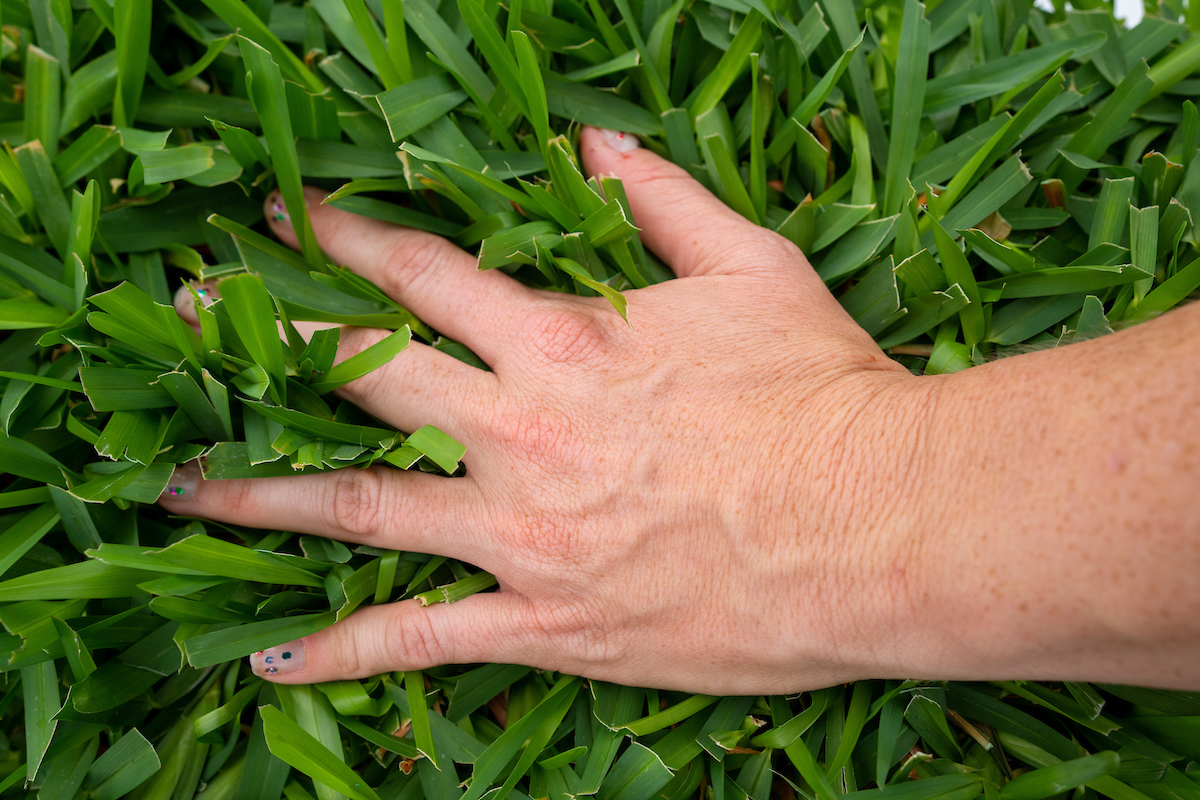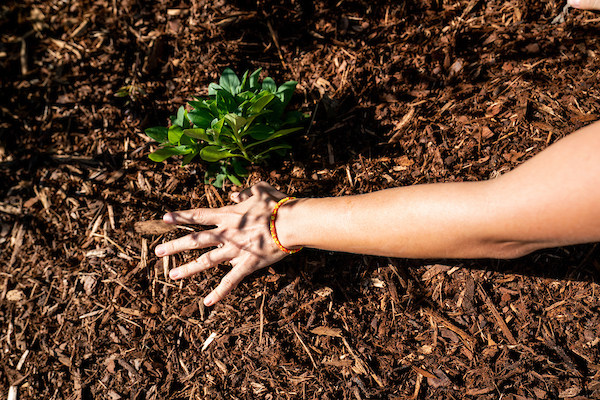Consider a container vegetable garden this fall
Get the most out of your backyard, plant a container garden to maximize space
Whether you’re looking to add a bit of beauty to your porch or making the most out of space in the backyard, gardeners can grow any vegetable in a container that they would normally grow in the ground.
All you need is the right size container, good soil and proper drainage, said Skip Richter, Texas A&M AgriLife Extension Service horticulture agent and host of Garden Success, KAMU FM/HD-1.
Richter breaks down the basics to a successful and enjoyable container garden.
“You can grow any vegetable in a container that you can grow in the ground as long as the container is large enough for that particular type of vegetable,” he said. “While a 5-gallon container may work for a tomato plant, a 15-gallon container will result in less watering and a more productive plant.”
Container types
First, gardeners must choose the container most appropriate for their space and preferences. There are many container types on the market. Options range according to size, colors, shapes and type.
“Terra cotta containers are a great traditional type, and actually wick water throughout the clay, so you need to water them a little bit more,” Richter said. “However, they do hold on to the soil a bit better and keep it from pulling away from the sides of the container like some of the plastic containers might do.”
There are a wide variety of terra lite and plastic containers available, and these pots are lightweight, which makes them easier to move.
If you are looking for a more rustic container, galvanized metal containers work well and offer a rustic look, he said. Glazed pottery provides a sturdy container and also comes in a variety of shapes and sizes.
“I like these for a salad container. You can grow a lot of different types of greens in it and as they grow, just mow them off with scissors for your salad, and they will come again and grow some more,” Richter said. “You can also set a variety of herbs around in a container like this and really have a beautiful little garden for going out and snipping some herbs for cooking.”
Ensure good drainage
Once the type of container is selected, be sure to check for drainage holes. Proper drainage is essential to the success of the plant. Without adequate drainage, roots will become waterlogged and are more likely to die from root rot diseases.
“If a container lacks drainage holes, drill a few in the bottom,” he said.
Correct soils and fertilizers
Inside the container, you want to use a good quality soil mix that provides opportunity for good drainage and nutrition for your vegetables.
“Use a potting soil mix or container mix that has peat moss, compost or coconut core, mixed with something like perlite to help loosen it up and help make sure the internal drainage works really well,” he said.
When it comes to fertilizer, Richter recommends a slow release fertilizer that won’t burn the roots. Soluble liquid fertilizers can provide plants a quick boost if needed, but slow release fertilizers provide a gradual release of nutrients over time.
Choose plants wisely
Plants thrive and grow differently all across the state, Richter said. Be sure to check the Gardening Guide for recommendations on vegetable varieties that do well in your area, or reach out to your local AgriLife Extension agent, who can also recommend the best varieties and planting dates for your area.
Combine the keys of container gardening with the tips and tricks of fall gardening for more gardening insights.
If you would like a more in-depth look at crop selections, seedlings and transplants, soil media and containers, visit AgriLife Extension’s vegetable gardening in containers. For more information, go to Aggie Horticulture online, where a variety of publications may be downloaded for free.





